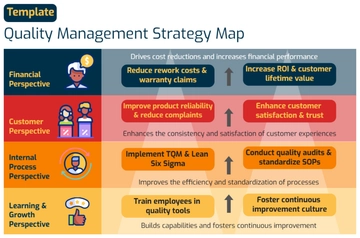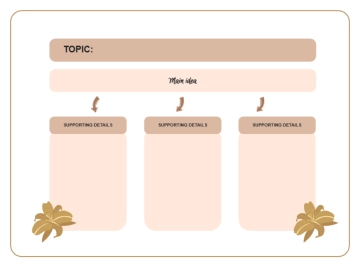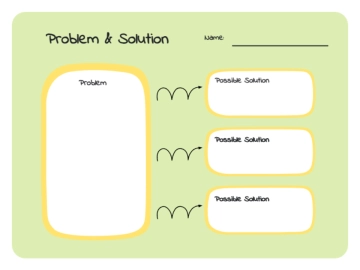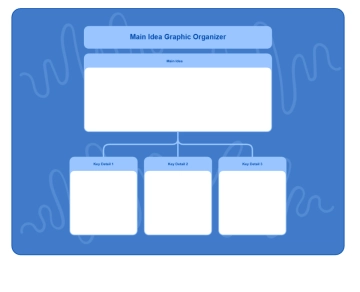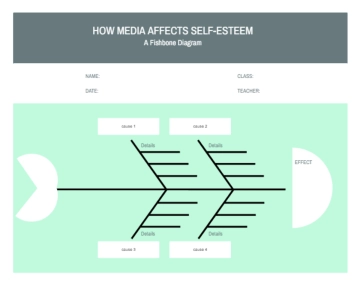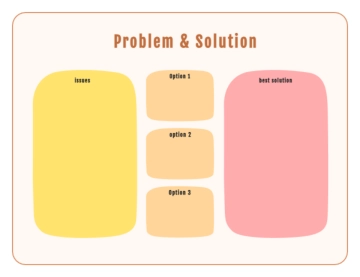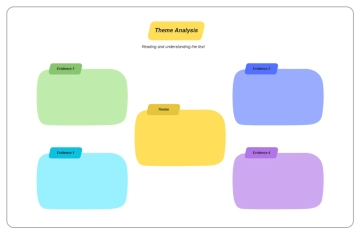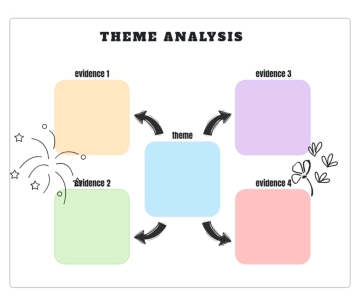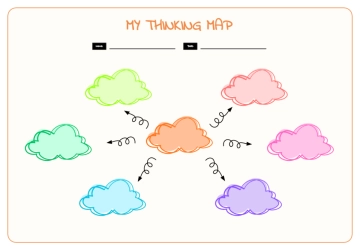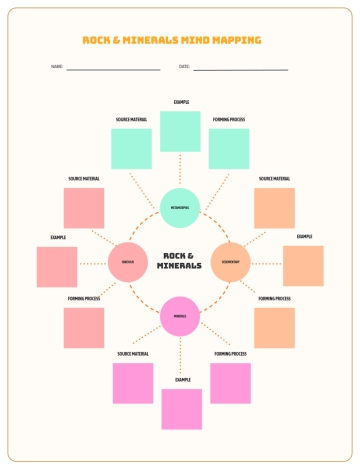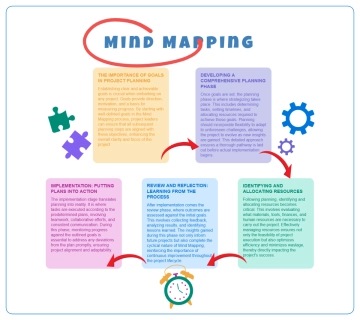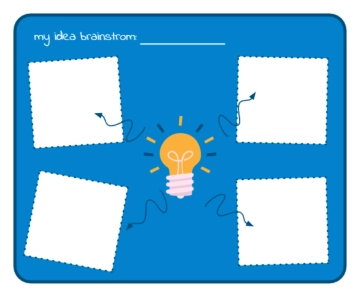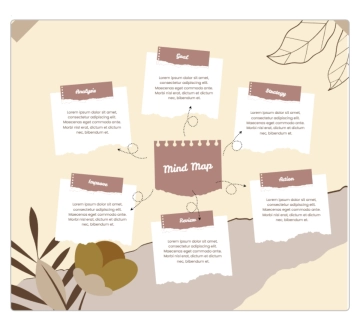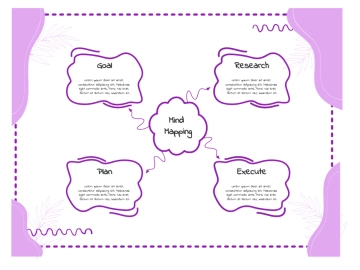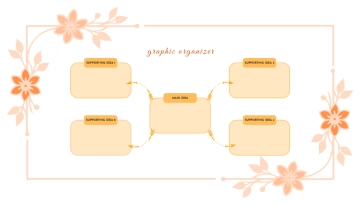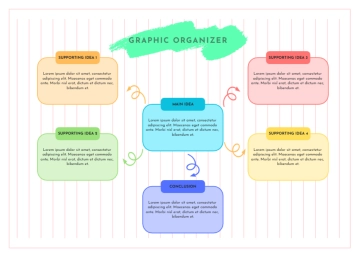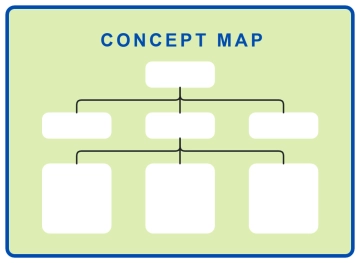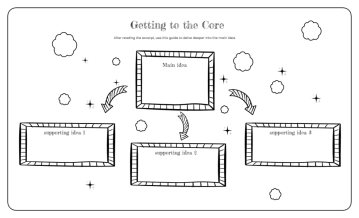Free Strategic Account Management Plan
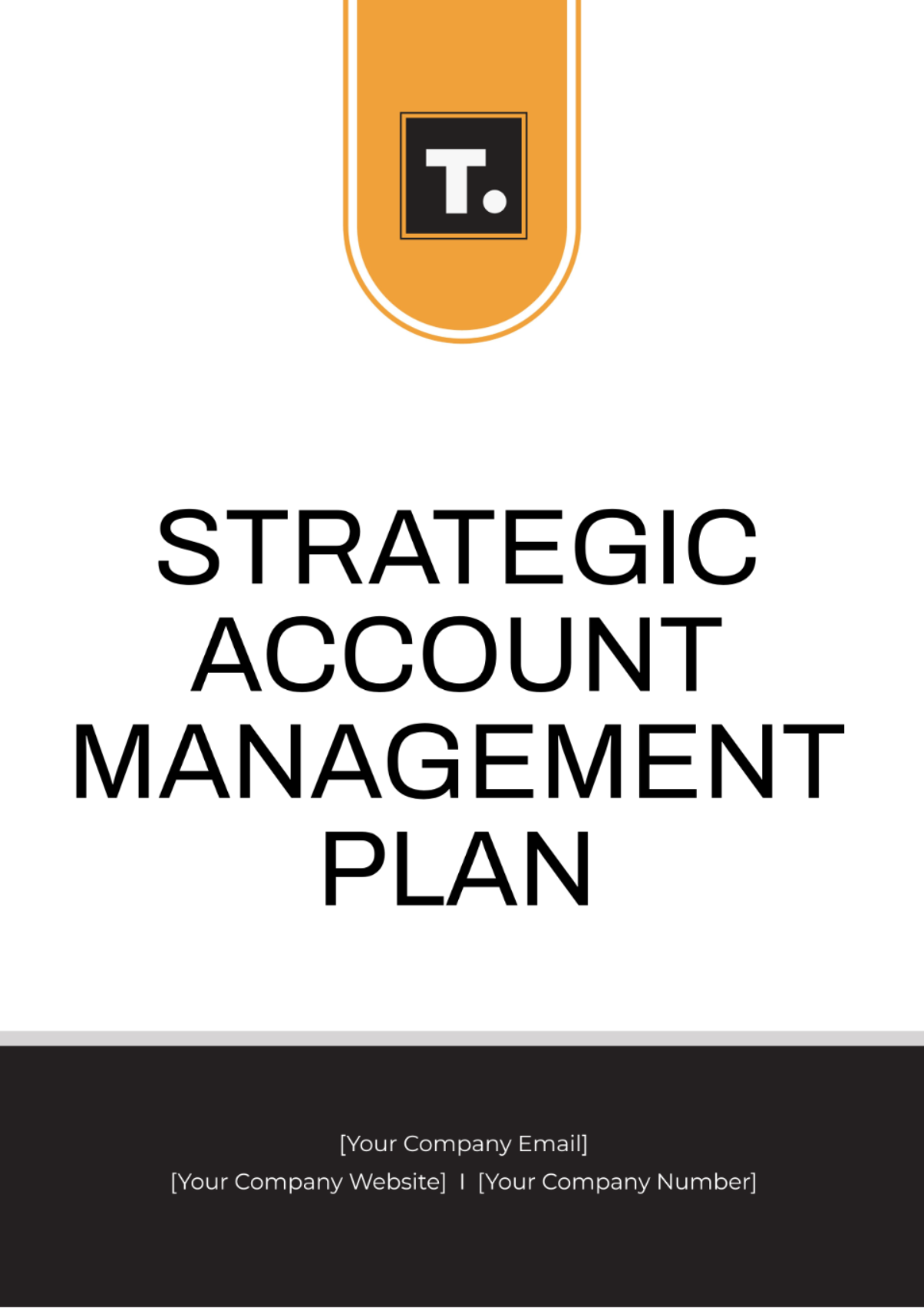
Prepared by: | [YOUR NAME] |
|---|---|
Company: | [YOUR COMPANY NAME] |
Department: | [YOUR DEPARTMENT] |
Date: | [DATE] |
I. Executive Summary
The strategic account management plan aims to enhance our relationships with key accounts, driving revenue growth and customer satisfaction. By focusing on personalized strategies and proactive engagement, we aim to solidify our position as a trusted partner in their success.
II. Introduction
In today's competitive business environment, strategic account management is essential for maintaining and growing key account relationships. At [YOUR COMPANY NAME], we recognize the importance of these accounts and are committed to providing them with exceptional service and support.
III. Current State Analysis
A. Account Profiles
Account Name | Industry | Annual Revenue | Key Contacts |
|---|---|---|---|
[CLIENT 1 NAME] | Manufacturing | $10 Million | [CLIENT 1 KEY CONTACT] |
[CLIENT 2 NAME] | Technology | $15 Million | [CLIENT 2 KEY CONTACT] |
B. SWOT Analysis
[CLIENT 1 NAME]
Strengths: Strong market presence, long-standing relationship.
Weaknesses: Limited product adoption, communication gaps.
Opportunities: Expansion into new divisions, upselling opportunities.
Threats: Competitive pressure, economic downturn.
[CLIENT 2 NAME]
Strengths: High product satisfaction,innovative solutions.
Weaknesses: Limited cross-selling, price sensitivity.
Opportunities: Expansion of services, strategic partnerships.
Threats: Technological disruption, regulatory changes.
IV. Goals and Objectives
A. Overall Account Objectives
Increase revenue by 15% within the next fiscal year.
Improve customer satisfaction ratings by 20%.
B. Specific Account Goals
[CLIENT 1 NAME]: Increase product adoption by 25%.
[CLIENT 2 NAME]: Secure contract renewal and upsell new services.
V. Strategies and Tactics
A. Relationship Building
Regular meetings with key stakeholders to understand their evolving needs.
Personalized communications and offers based on their preferences.
B. Value Proposition
Highlighting our unique selling points that align with their business goals.
Offering tailored solutions to address their specific challenges.
C. Cross-Selling and Upselling
Conducting regular account reviews to identify new opportunities.
Providing incentives for expanding their service portfolio with us.
VI. Action Plans
A. Timeline
Q1: Conduct account reviews with both [CLIENT 1 NAME] and [CLIENT 2 NAME].
Q2: Present tailored proposals for new services to [CLIENT 1 NAME].
Q3: Implement new services for [CLIENT 2 NAME].
B. Responsible Parties
Account Managers: Overall execution and relationship management.
Sales Team: Identifying cross-selling and upselling opportunities.
VII. Resource Allocation
A. Budget
Allocate $100,000 for personalized client events and initiatives.
Invest in CRM software for better account tracking and management.
B. Team Structure
Expand the account management team to ensure dedicated support for key accounts.
VIII. Monitoring and Measurement
A. Key Performance Indicators (KPIs)
Monthly revenue growth from key accounts.
Quarterly customer satisfaction surveys.
B. Reporting
Monthly reports to senior management on key account performance and initiatives.
IX. Risk Management
A. Risk Identification
Customer churn due to competitive offers.
Economic downturn impacting client budgets.
B. Risk Mitigation Strategies
Proactive engagement to address concerns and retain customers.
Diversification of key account portfolio to minimize the impact of individual client changes.
X. Conclusion
The strategic account management plan outlines a proactive approach to managing and growing key account relationships. By focusing on personalized strategies, clear goals, and effective communication, we aim to drive mutual success and long-term partnerships with our key accounts.
- 100% Customizable, free editor
- Access 1 Million+ Templates, photo’s & graphics
- Download or share as a template
- Click and replace photos, graphics, text, backgrounds
- Resize, crop, AI write & more
- Access advanced editor
Revolutionize your account management approach with the Strategic Account Management Plan Template from Template.net. Editable in our Ai Editor Tool, this template offers comprehensive customization options. Tailor your strategies to perfection and drive success in your account management efforts with this powerful and customizable resource. Make it yours right away!
You may also like
- Finance Plan
- Construction Plan
- Sales Plan
- Development Plan
- Career Plan
- Budget Plan
- HR Plan
- Education Plan
- Transition Plan
- Work Plan
- Training Plan
- Communication Plan
- Operation Plan
- Health And Safety Plan
- Strategy Plan
- Professional Development Plan
- Advertising Plan
- Risk Management Plan
- Restaurant Plan
- School Plan
- Nursing Home Patient Care Plan
- Nursing Care Plan
- Plan Event
- Startup Plan
- Social Media Plan
- Staffing Plan
- Annual Plan
- Content Plan
- Payment Plan
- Implementation Plan
- Hotel Plan
- Workout Plan
- Accounting Plan
- Campaign Plan
- Essay Plan
- 30 60 90 Day Plan
- Research Plan
- Recruitment Plan
- 90 Day Plan
- Quarterly Plan
- Emergency Plan
- 5 Year Plan
- Gym Plan
- Personal Plan
- IT and Software Plan
- Treatment Plan
- Real Estate Plan
- Law Firm Plan
- Healthcare Plan
- Improvement Plan
- Media Plan
- 5 Year Business Plan
- Learning Plan
- Marketing Campaign Plan
- Travel Agency Plan
- Cleaning Services Plan
- Interior Design Plan
- Performance Plan
- PR Plan
- Birth Plan
- Life Plan
- SEO Plan
- Disaster Recovery Plan
- Continuity Plan
- Launch Plan
- Legal Plan
- Behavior Plan
- Performance Improvement Plan
- Salon Plan
- Security Plan
- Security Management Plan
- Employee Development Plan
- Quality Plan
- Service Improvement Plan
- Growth Plan
- Incident Response Plan
- Basketball Plan
- Emergency Action Plan
- Product Launch Plan
- Spa Plan
- Employee Training Plan
- Data Analysis Plan
- Employee Action Plan
- Territory Plan
- Audit Plan
- Classroom Plan
- Activity Plan
- Parenting Plan
- Care Plan
- Project Execution Plan
- Exercise Plan
- Internship Plan
- Software Development Plan
- Continuous Improvement Plan
- Leave Plan
- 90 Day Sales Plan
- Advertising Agency Plan
- Employee Transition Plan
- Smart Action Plan
- Workplace Safety Plan
- Behavior Change Plan
- Contingency Plan
- Continuity of Operations Plan
- Health Plan
- Quality Control Plan
- Self Plan
- Sports Development Plan
- Change Management Plan
- Ecommerce Plan
- Personal Financial Plan
- Process Improvement Plan
- 30-60-90 Day Sales Plan
- Crisis Management Plan
- Engagement Plan
- Execution Plan
- Pandemic Plan
- Quality Assurance Plan
- Service Continuity Plan
- Agile Project Plan
- Fundraising Plan
- Job Transition Plan
- Asset Maintenance Plan
- Maintenance Plan
- Software Test Plan
- Staff Training and Development Plan
- 3 Year Plan
- Brand Activation Plan
- Release Plan
- Resource Plan
- Risk Mitigation Plan
- Teacher Plan
- 30 60 90 Day Plan for New Manager
- Food Safety Plan
- Food Truck Plan
- Hiring Plan
- Quality Management Plan
- Wellness Plan
- Behavior Intervention Plan
- Bonus Plan
- Investment Plan
- Maternity Leave Plan
- Pandemic Response Plan
- Succession Planning
- Coaching Plan
- Configuration Management Plan
- Remote Work Plan
- Self Care Plan
- Teaching Plan
- 100-Day Plan
- HACCP Plan
- Student Plan
- Sustainability Plan
- 30 60 90 Day Plan for Interview
- Access Plan
- Site Specific Safety Plan
